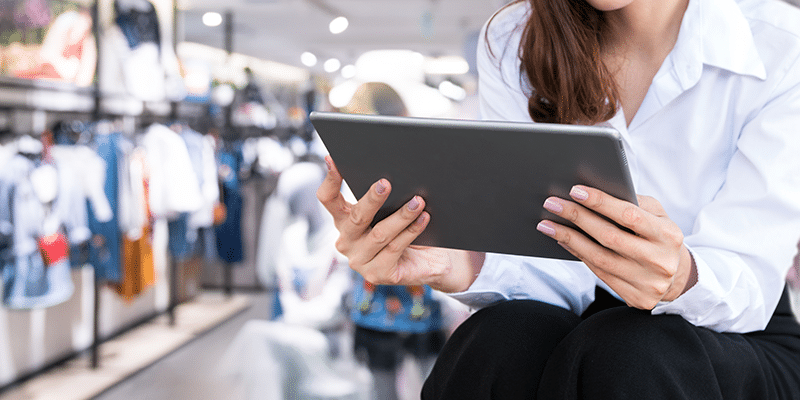
The experience economy is booming: here’s how retailers can capitalise on it
Is the physical retail store in decline? Thanks to smartphones and e-commerce, it’s never been easier to shop online with our favourite brands. The global e-commerce market grew 17.9% in 2019, compared to 3.4% for the retail overall. Even the biggest retailers have been hit hard, with challenging market conditions resulting in store closures and layoffs.
Meanwhile, the experience economy is booming. A recent survey by Eventbrite indicated that 78% of millennials choose to spend their money on experiences rather than material items.
If you look at these two trends together, you might think the humble retail store has been served a death sentence, but you’d be wrong. In fact, physical stores are more important than ever, allowing brands to create unforgettable experiences for customers in true omnichannel style.
In a highly digital world, people value authentic, enriching experiences that enable them to connect with people or discover something new. Retailers can take advantage of this trend to create the ultimate physical retail experience, unlock new revenue streams and create sales growth. Here’s how you can create the ultimate retail experience in-store.
Design epic spaces
The best experiences happen in beautiful (aka Instagrammable) spaces. A retail store should reflect your brand and be somewhere that customers actually want to spend time. It should also be dynamic; with new installations to create social media hype. Ultra Football’s concept store in Sydney includes an EA Sports lounge, a customisation zone and an indoor football pitch – a sure-fire way to excite their community and score some social shares.
Experience before you buy
Let your customers try out your products in different ways: doing so enables memorable, personalised experiences to boost sales. Take Audi, who have installed 1000+ virtual reality showrooms in their retail dealerships, allowing customers to ‘step inside’ their customised vehicle. Or brands like Seafolly, Farfetch, and L’Oréal, who have all used smart mirrors to allow customers to virtually try products and suggest complimentary items. Best of all, you can track data to measure conversions and product performance at a granular level.
Empower your team
Online shopping is super convenient, so it’s important to offer visitors to your physical store something they can’t experience online: the human touch. Enter, a new breed of retail worker – charming, customer-centric and highly knowledgeable about their product. For this, many retailers are recruiting staff from areas like luxury hospitality and offering great training. It’s important to invest in existing employees too, and to make their life as smooth as possible. Roubler’s mobile app makes it easy for your team to check their shifts, swap with their colleagues and manage their own leave. This means they don’t have to stress about the small things, and can focus on providing an unforgettable customer experience.
Build community value
Retail stores today aren’t just about encouraging customers to buy products. To truly capitalise on the experience economy, focus on using your space to create wider value for the community you serve – by providing a social space, holding community events, or investing in the arts. Vans’ project, the ‘House of Vans’, is a great example of this. With locations in Chicago and London, and popups including Johannesburg, Sydney and Singapore, they’ve created spaces with cinemas, cafés and live music venues – plus several ramps where young skaters can meet, practice and socialise.
Live by “Bricks and clicks”
The most successful retailers don’t focus solely on their online strategy or in-store experience. Instead, they combine both of these essential elements, with integrated, omnichannel strategies backed up by the smart use of technology. This is where the wow factor really comes into play: imagine real-life installations designed to embody even the most fantastical of digital campaigns, augmented reality cameras that take a selfie of you “wearing” the items in your online shopping cart to share with your friends, and more.
